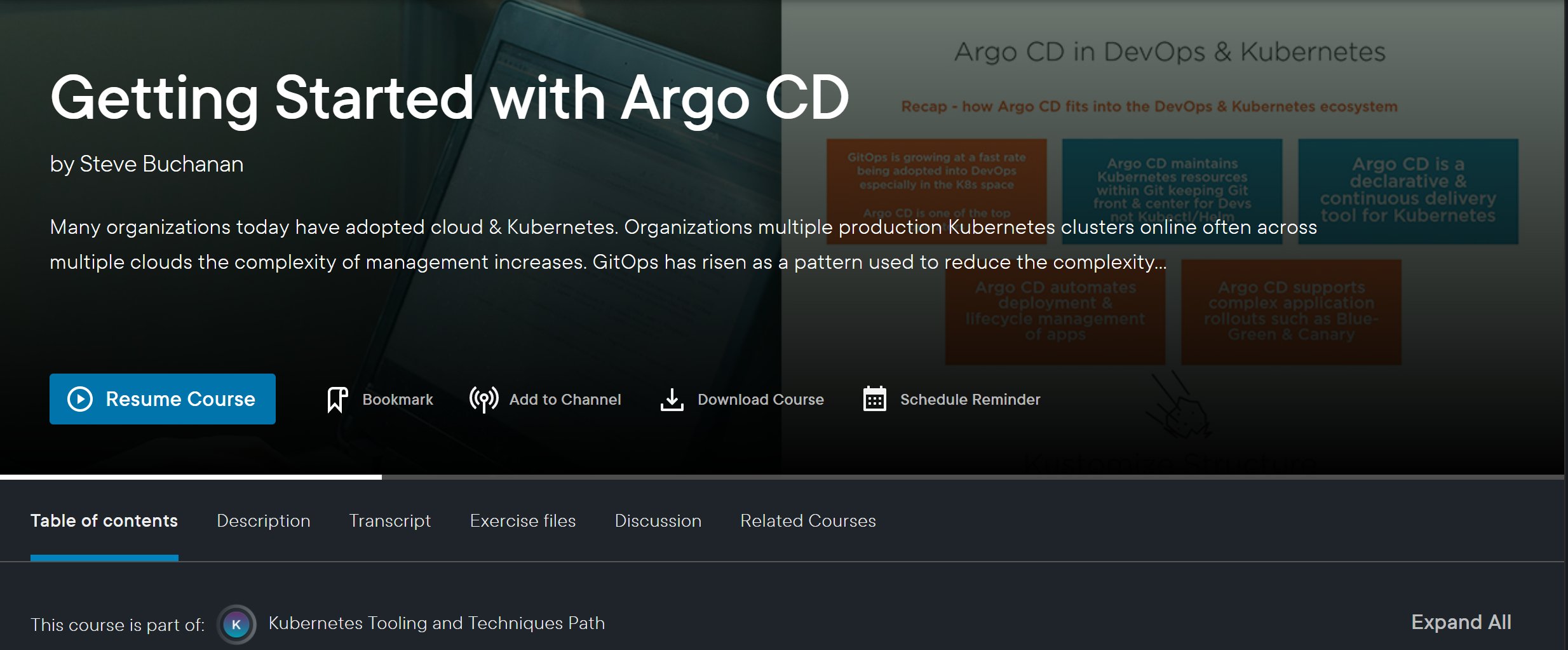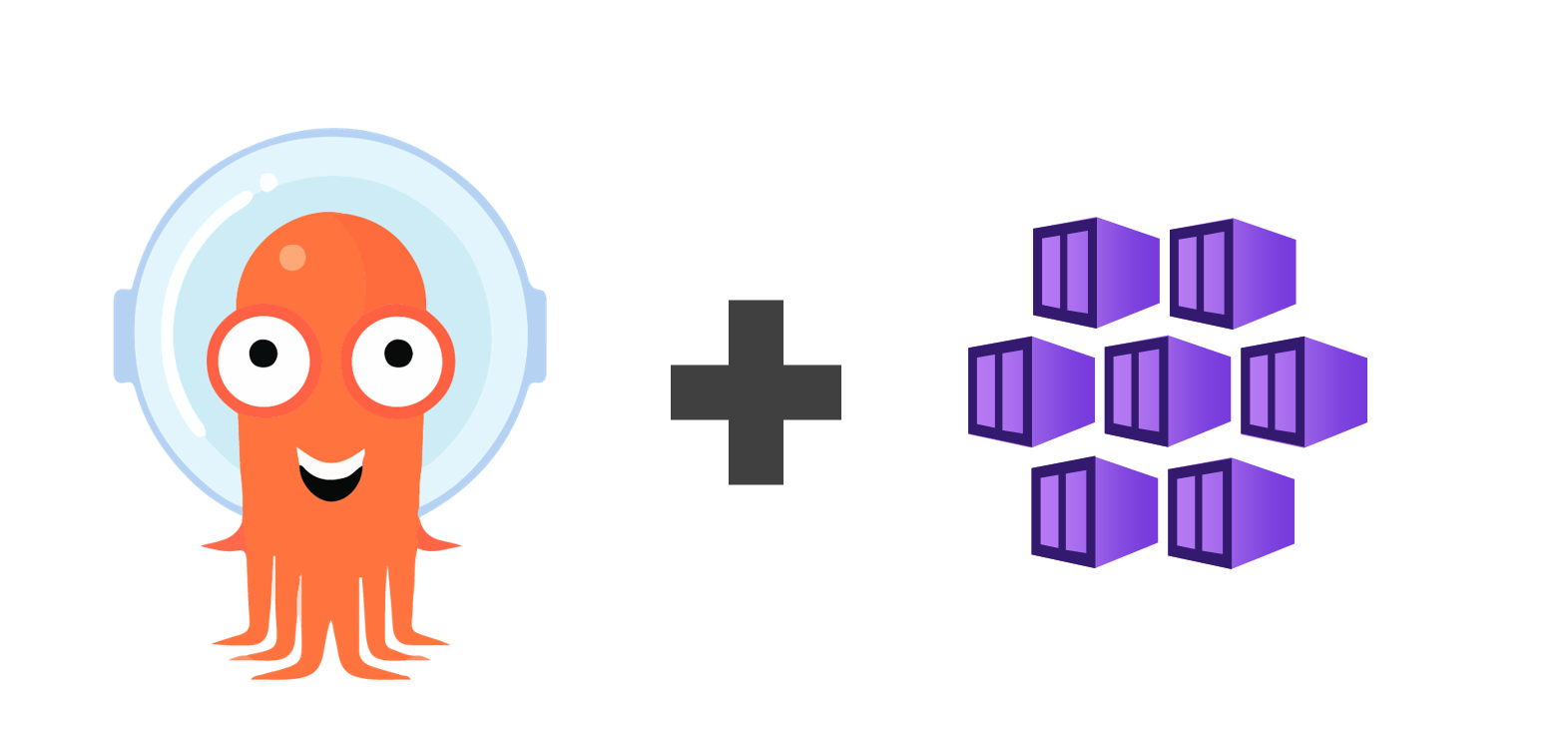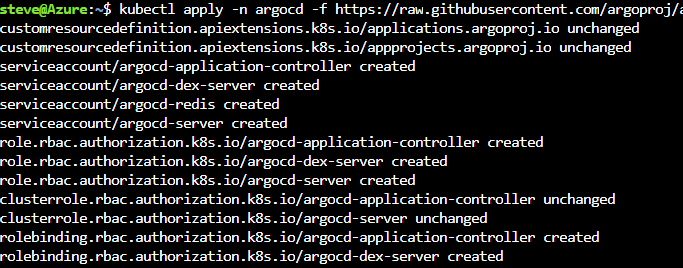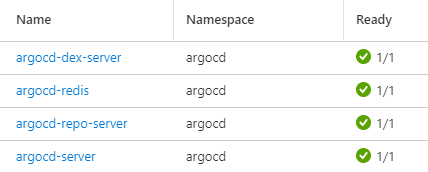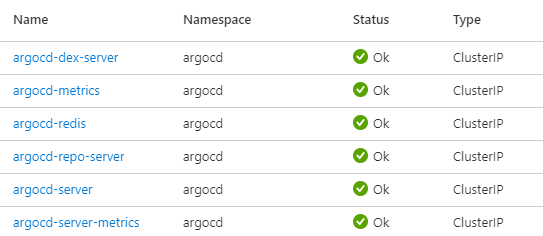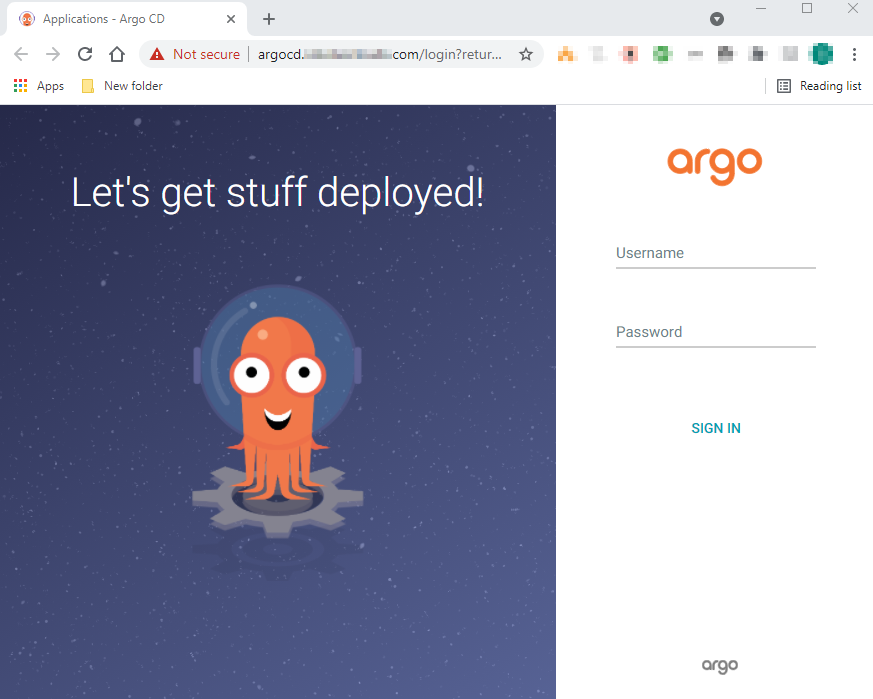Yesterday my 12th course on Pluralsight was published! This course is “Getting Started with Argo CD“. In this course, you’ll learn the ins and outs of Argo CD a GitOps Operator tool, its core concepts, architecture, and how to use it with Kubernetes clusters so you can get started using it.
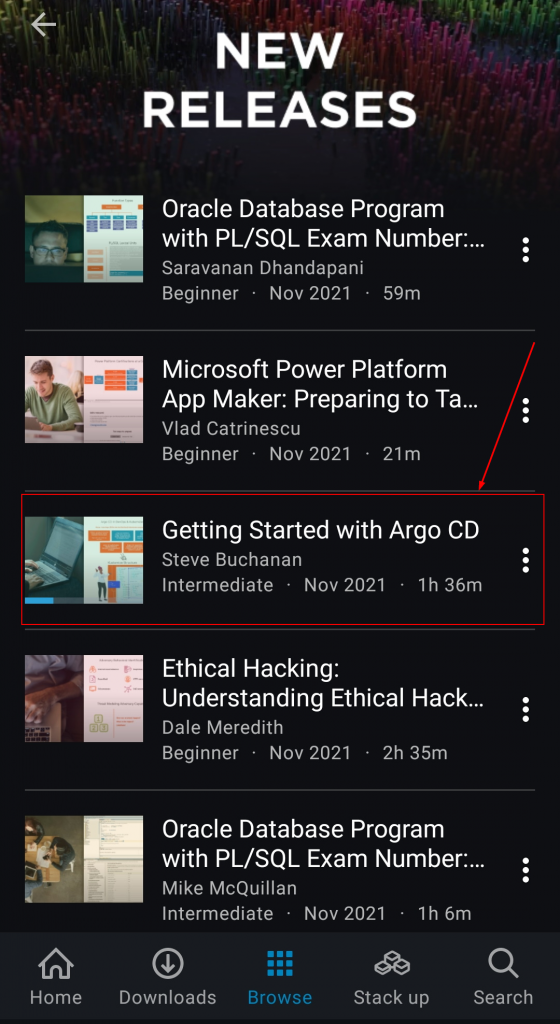
I am really excited about this course because it gave me a chance to continue sharing my GitOps and Kubernetes knowledge. You can view this course as a continuation of my “GitOps: The Big Picture” course. My GitOps course educates you on what GitOps is. This Argo CD course shows GitOps and a GitOps Operator in action!
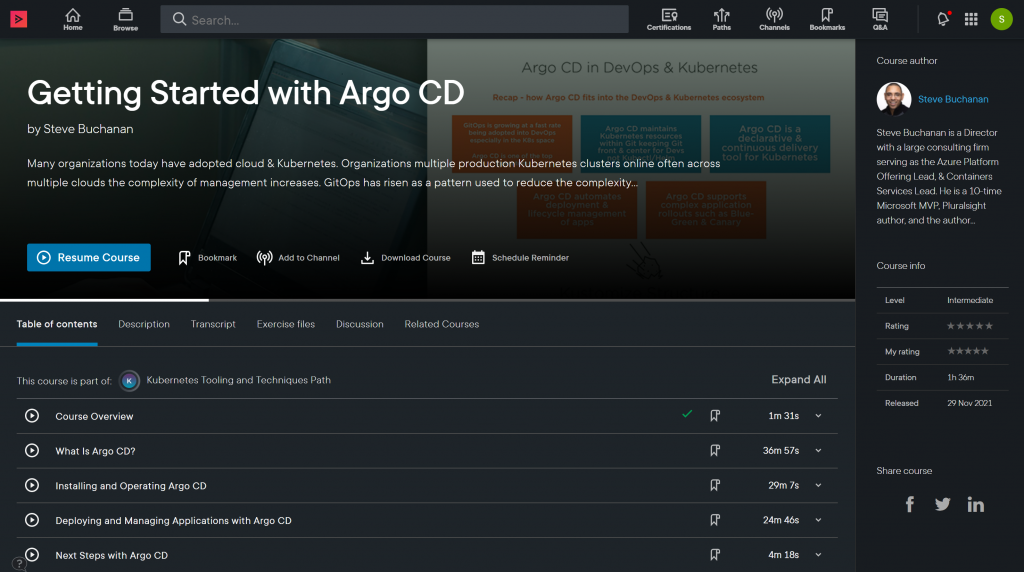
Many organizations today have adopted cloud & Kubernetes. Organizations multiple production Kubernetes clusters online often across multiple clouds the complexity of management increases. GitOps has risen as a pattern used to reduce the complexity of managing Kubernetes clusters and cloud-native applications. Argo CD is a GitOps Operator that can help with the management of Kubernetes and deployment of applications to it. Some of the major topics that I covered in the Argo CD course include:
- Argo CD’s core concepts and architecture.
- An overview of Containers, Kubernetes, Helm, Kustomize, GitOps, and how these work with Argo CD.
- What it takes to deploy and operate Argo CD including areas such as user management, secrets, webhooks, monitoring and more, as well as how to use the Argo CD API server, Web UI, and use its command line interface.
- How to deploying and manage Applications with Argo CD.
Check out the course here: https://app.pluralsight.com/library/courses/argo-cd-getting-started
This is my 1st course in the Kubernetes Tooling and Techniques path on Pluralsight. I am working on another course for this path. This path focuses on the additional tools and techniques that you can integrate with your Kubernetes operations to improve efficiency, scalability, and a whole host of other factors. There are some other great courses in the Kubernetes Tooling and Techniques path.
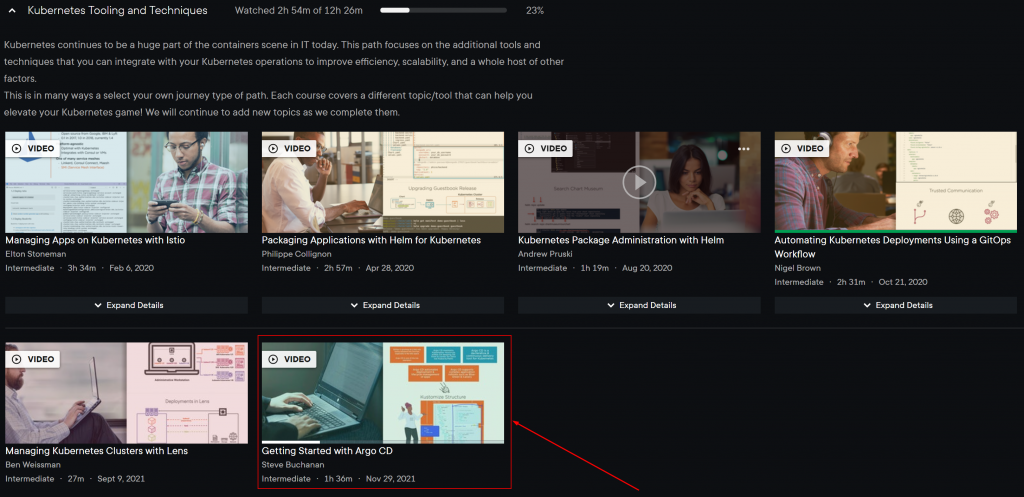
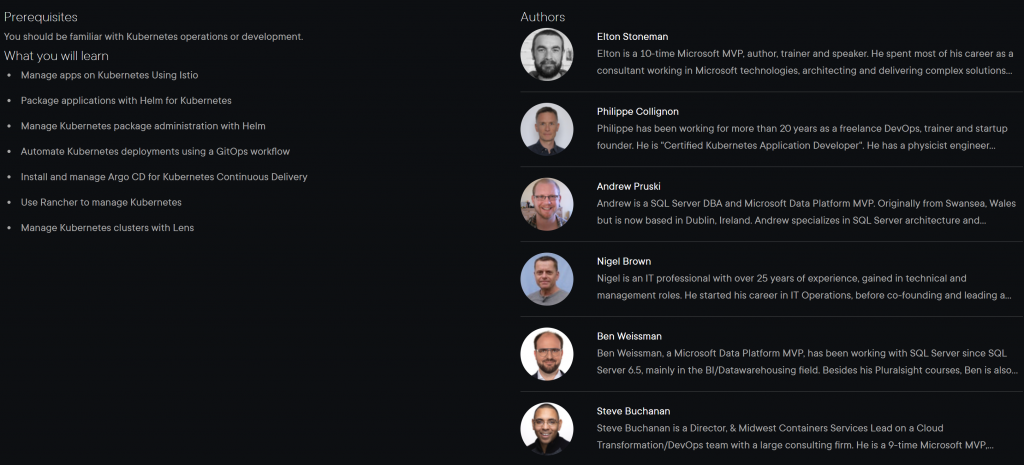
Check the Kubernetes Tooling and Techniques path here: https://app.pluralsight.com/paths/skills/kubernetes-tooling-and-techniques
I hope you find value in this new Getting Started with Argo CD course. Be sure to follow my profile on Pluralsight so you will be notified as I release new courses including more GitOps related courses and a Rancher course in the Kubernetes Tooling and Techniques path!
Here is the link to my Pluralsight profile to follow me: https://app.pluralsight.com/profile/author/steve-buchanan

